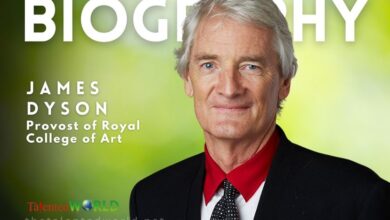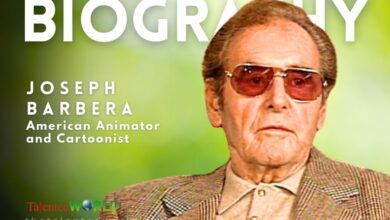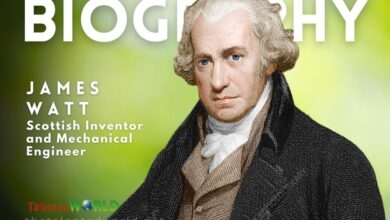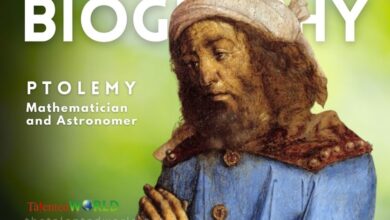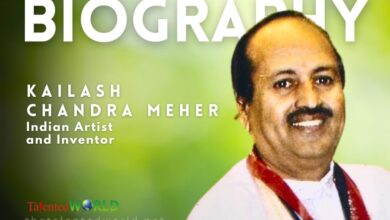| My Inventions: The Autobiography of Nikola Tesla | 1919 |
| The Tesla Coil | 1991 |
| The Complete Patents of Nikola Tesla | 1983 |
| The Problem of Increasing Human Energy | 1900 |
| The Fantastic Inventions of Nikola Tesla | 1993 |
| Tesla 1856-1943 | – |
| The FBI Files on Nikola Tesla | – |
| Nikola Tesla Research | – |
| The Inventions | – |
| Talking with Planets | – |
| Colorado Springs Notes, 1899–1900 | 1976 |
| Autobiography | – |
| A New System of Alternating Current Motors and Transformers and Other Essays | 2007 |
| Lectures | – |
| How Cosmic Forces Shape Our Destinies | 1915 |
| The Tesla Papers | 2000 |
| The Autobiography of Nikola Tesla and Other Works | – |
| My Inventions and Other Writings | – |
| The Strange Life of Nikola Tesla | – |
| Experiments with Alternate Currents of High Potential and High Frequency | 1892 |
| The Nikola Tesla Treasury | 2007 |
| On Light and Other High Frequency Phenomena | 1893 |
| Nikola Tesla: Experiments and Discoveries | – |
| Famous Scientific Illusions | 1919 |
| Nikola Tesla: Lectures and Patents | – |
| Very Truly Yours, Nikola Tesla | 2007 |
| Nikola Tesla’s Teleforce & Telegeodynamics Proposals | – |
| Tesla’s Autobiography | – |
| Collected Writings of Nikola Tesla | – |
| Nikola Tesla – Ultimate Collection: 70+ Scientific Works, Lectures & Essays: Inventions, Experiments & Patents (With Letters & Autobiography) | – |
| My Inventions – Nikola Tesla’s Autobiography: Extraordinary Life Story of the Genius Who Changed the World | – |
| The Problem of Increasing Human Energy (annotated): The Tesla Code | – |
| Songs of Liberty and Other Poems | 1882 |
| To Nikola Tesla greeting his seventy-fifth aniversary, July 10, 1931 | – |
| Tesla revisited | – |
| The Collected Works of Nikola Tesla | – |

